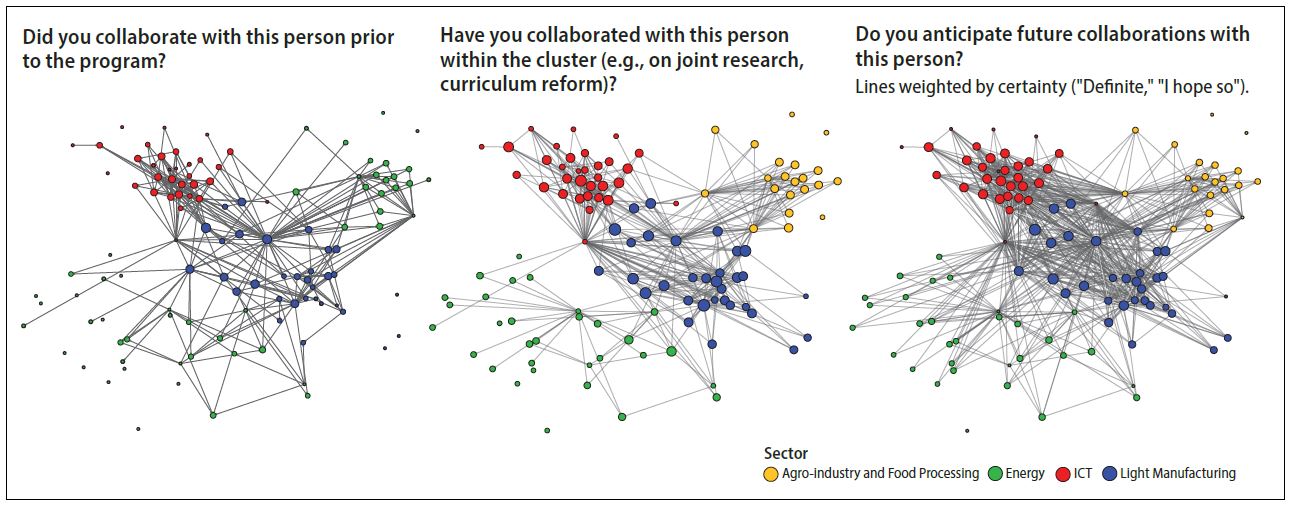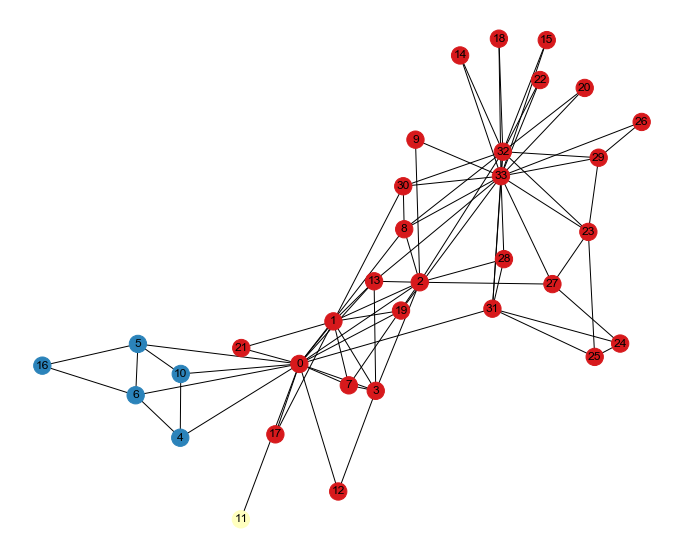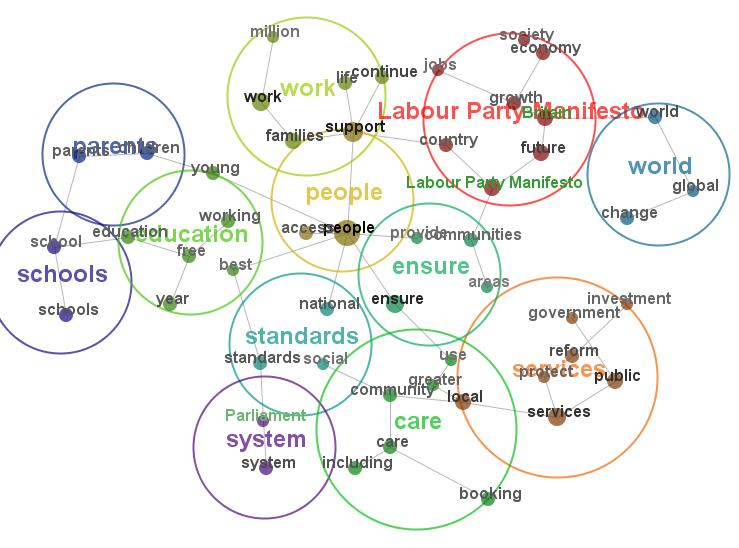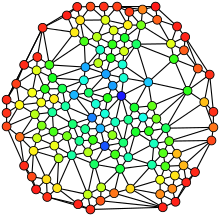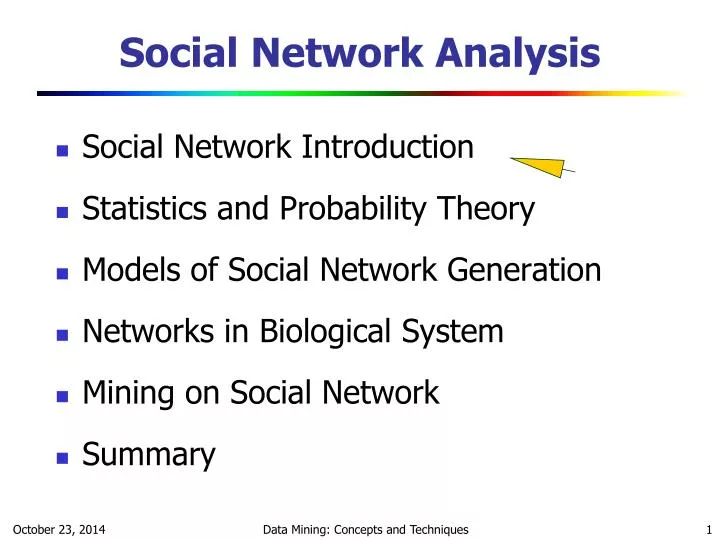Network analysis techniques are a set of tools and methods used to analyze complex systems and relationships within a network. These techniques have been widely adopted in various fields, including computer science, biology, sociology, and economics, to better understand the dynamics and structure of networks.
One common technique in network analysis is centrality analysis, which measures the importance of a node (or vertices) in a network. There are several types of centrality measures, including degree centrality, betweenness centrality, and eigenvector centrality. Degree centrality measures the number of connections a node has to other nodes in the network. Betweenness centrality measures the number of times a node acts as a bridge between other nodes in the network. Eigenvector centrality measures the importance of a node based on the importance of its neighbors.
Another important technique in network analysis is community detection, which aims to identify groups of nodes that are more densely connected to each other than to the rest of the network. There are several algorithms used for community detection, including modularity maximization and spectral clustering. Modularity maximization identifies communities by maximizing the number of within-community edges and minimizing the number of between-community edges. Spectral clustering, on the other hand, uses the eigenvectors of the adjacency matrix of the network to partition the nodes into communities.
Network visualization is another important technique in network analysis. It involves the use of graphical representations of the network to better understand its structure and patterns. There are several tools and software available for network visualization, including Gephi, Cytoscape, and NetworkX. These tools allow users to visualize the network, apply different layout algorithms, and customize the appearance of the graph.
In conclusion, network analysis techniques are a powerful set of tools and methods used to analyze complex systems and relationships within a network. These techniques have been widely adopted in various fields and have helped researchers and practitioners better understand the dynamics and structure of networks.


